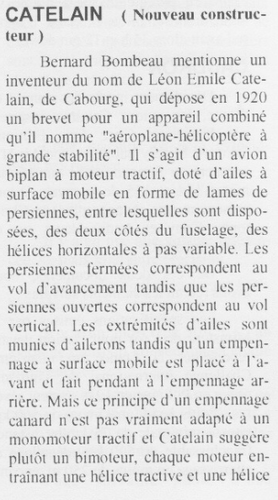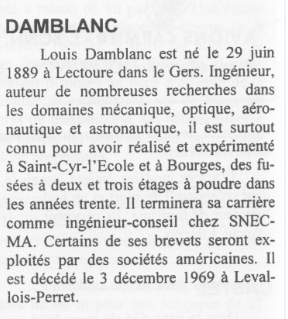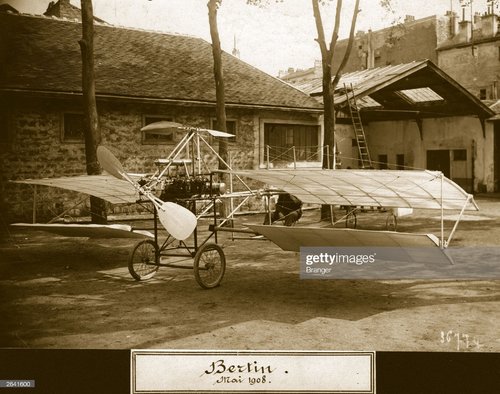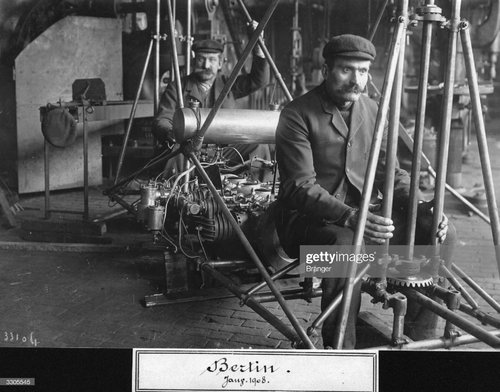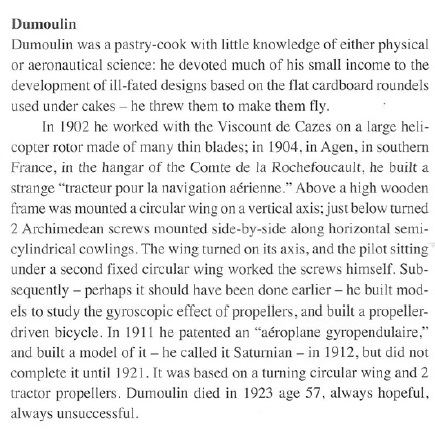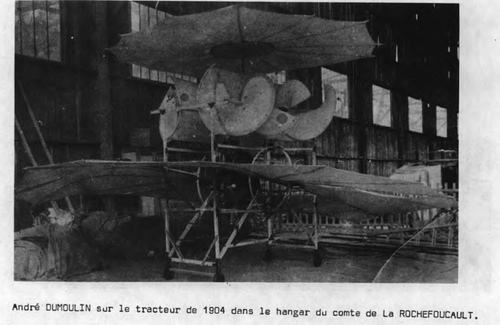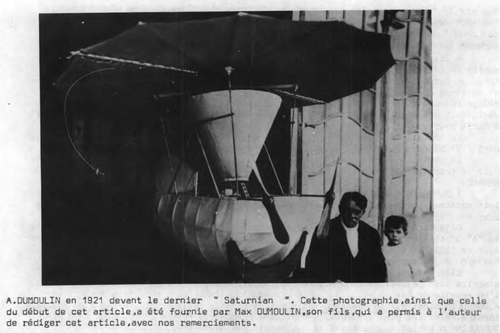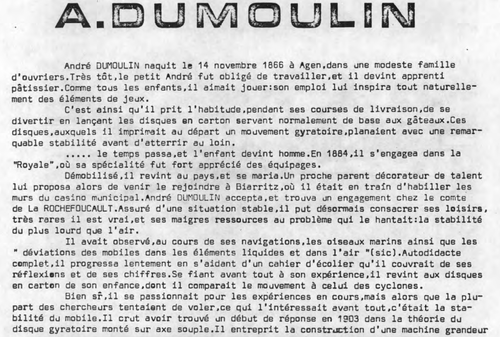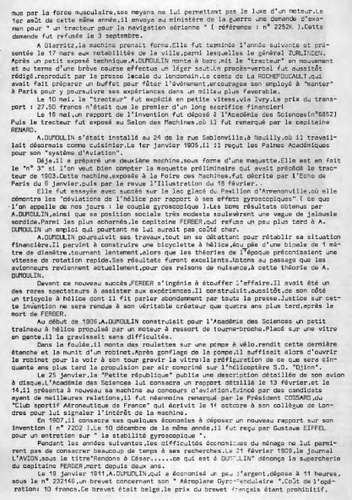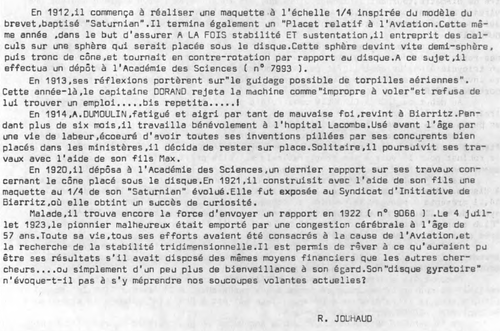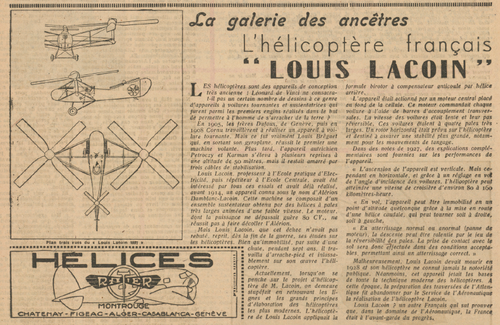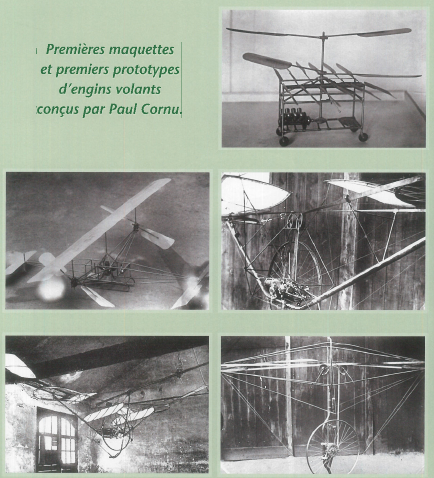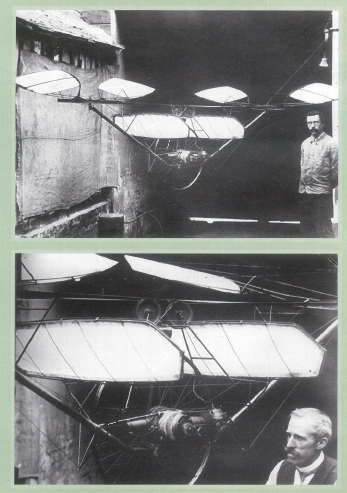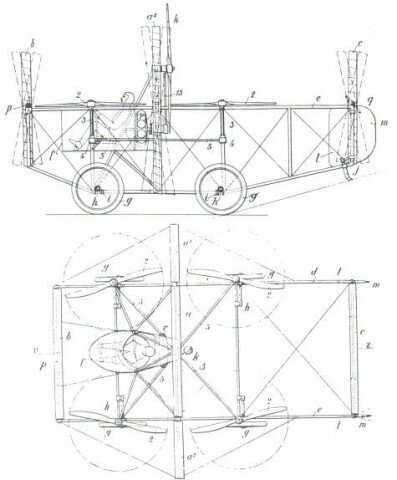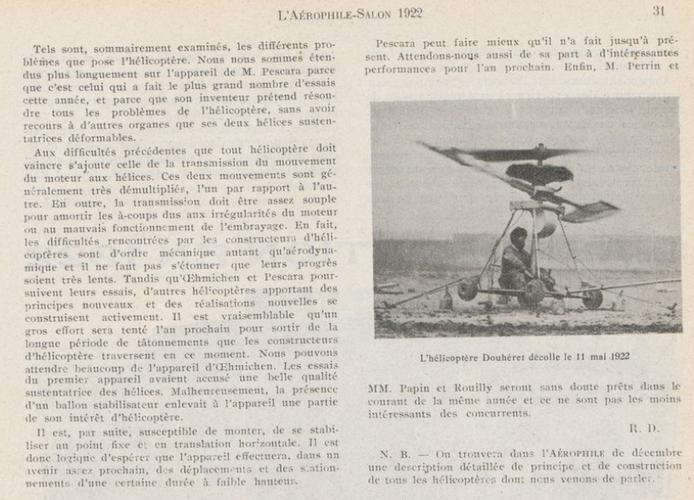- Joined
- 25 June 2009
- Messages
- 14,759
- Reaction score
- 6,165
Adapted from Jean Boulet's Histoire de l'hélicoptère racontée par ses pionniers – 1907-1956:
Several individuals attempted to build and fly helicopters in the very first years of the 20th century. Historians agree to consider 1907 as Year 1 of the helicopter, with Paul Cornu's and Louis Bréguet's attempts.
Several individuals attempted to build and fly helicopters in the very first years of the 20th century. Historians agree to consider 1907 as Year 1 of the helicopter, with Paul Cornu's and Louis Bréguet's attempts.
- Félix Faure's machine (1903). This had coaxial rotors and weighed 85 kg.
- Colonel Renard's machine (1904). It was fairly large, with two rotors on each side, but insufficient lift prevented it from taking off.
- Léger machine (1905). Not strictly French, this machine built by an engineer from Monaco featured two coaxial blades, the axle of which could be tilted forward. A large rudder with oblique hinge might have enable control of the machine. Weight was 110 kg while power was 6 hp. It never took off.
- Dufaux machine (1905). In May 1905, the Dufaux brothers made some very popular flying demonstrations of a helicopter model in the Parc de Saint-Cloud, near Paris. Again they were not French, being from Geneva in Switzerland. They machine had two side-by-side rotors (with a 2-meter diameter), driven at 250 rpm by a 3 hp engine that was perfectly apt to lift off the 17-kg machine.
- Santos-Dumont helicopter (1905). Aiming to win the Archdeacon Prize — which granted a FF. 50,000 reward to the first pilot who would complete a one-kilometer round in closed circuit with a heavier-than-air machine — the famed inventor/socialite/aviator built a helicopter, a photo of which was published in the January 12, 1906 issue of La Vie au Grand Air. Discouraged by the difficulties he encountered in developed the machine, however, Santos-Dumont renounced to use a helicopter and opted for an aeroplane configuration (one that gave him the victory and largely contributed to his legend!).
- Bréguet-Richet gyroplane (1907). This was the first helicopter that actually lifted its pilot into the air (on August 27). It was heavy and powerful, but it had to be "guided" by four helpers on the ground because of its lack of controls.
- Cornu helicopter (1907). This machine made the world's first genuine untethered flight (on November 13). However, despite his flying successfully a sub-scale model a year before that was duly documented, no photos or official witness (other than Cornu himself) make it possible to verify that the piloted machine could have made more than a few hops into the air: lateral instability and lack of efficient aerodynamic control surfaces make Cornu's particular claims for this first flight unlikely.
- Douheret helicopter (1919). Two superimposed rotors were driven by a 50 hp birotary Gnôme engine, loated between the rotors. The machine only made a few attempts at taking off.
- Damblanc helicopter (1920). After building a first model with two superimposed rotors, Louis Damblanc built in 1920 the world's first twin-engine helicopter. The machine consisted of an aircraft's fuselage with one 120 hp rotary engine on each side, each driving a rotor with large adjustable blades. It was damaged during the initial flight test phase.
- Perrin's Helicion (1922). This machine actually lifted off, but hooked from a crane! In actual fact it never went past the static test phase.
Attachments
-
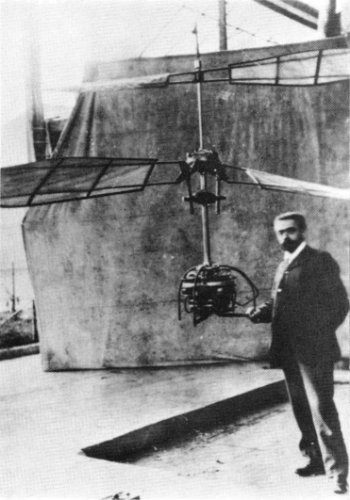 Félix Faure (1903).jpg128 KB · Views: 599
Félix Faure (1903).jpg128 KB · Views: 599 -
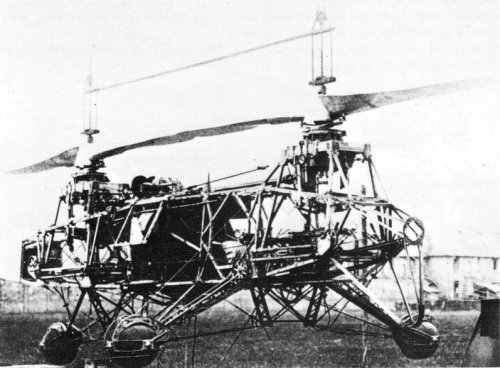 Perrin (1922).jpg290.4 KB · Views: 113
Perrin (1922).jpg290.4 KB · Views: 113 -
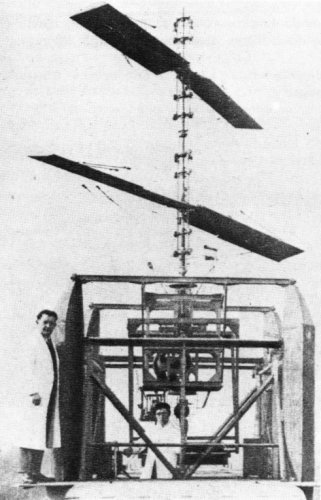 Damblanc (1920).jpg245.6 KB · Views: 80
Damblanc (1920).jpg245.6 KB · Views: 80 -
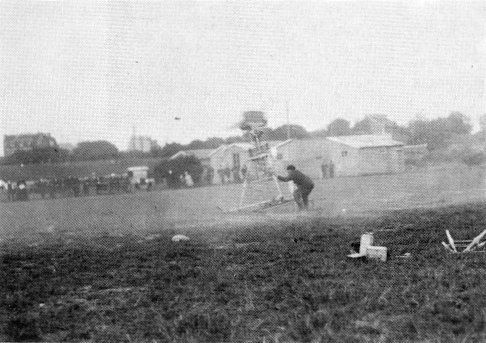 Douheret (1919).jpg108.8 KB · Views: 72
Douheret (1919).jpg108.8 KB · Views: 72 -
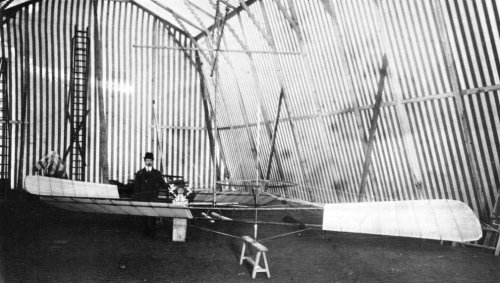 Santos-Dumont (1905).jpg404.7 KB · Views: 432
Santos-Dumont (1905).jpg404.7 KB · Views: 432 -
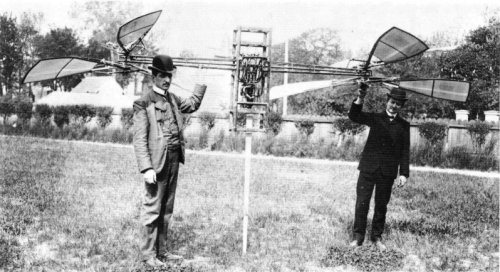 Dufaux (1905).jpg259.5 KB · Views: 460
Dufaux (1905).jpg259.5 KB · Views: 460 -
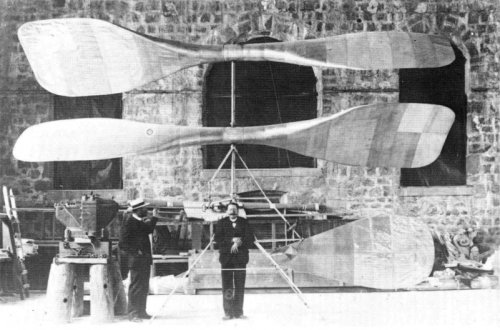 Léger (Monaco, 1905).jpg282.3 KB · Views: 481
Léger (Monaco, 1905).jpg282.3 KB · Views: 481 -
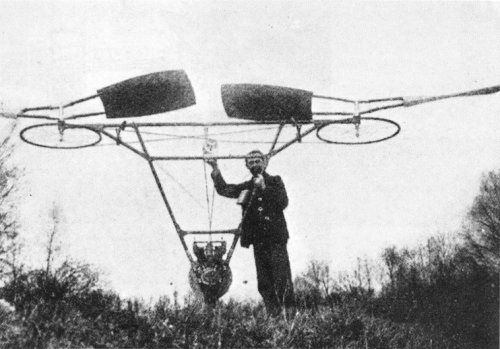 Renard (1904).jpg262.6 KB · Views: 528
Renard (1904).jpg262.6 KB · Views: 528

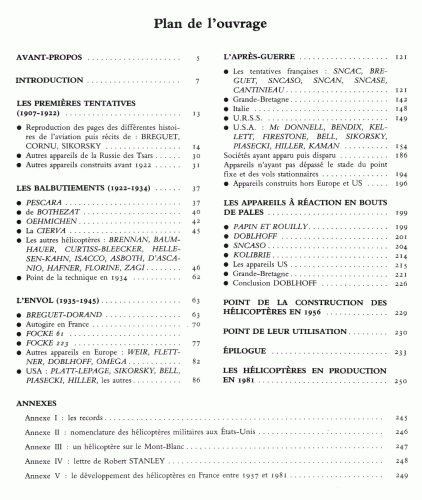
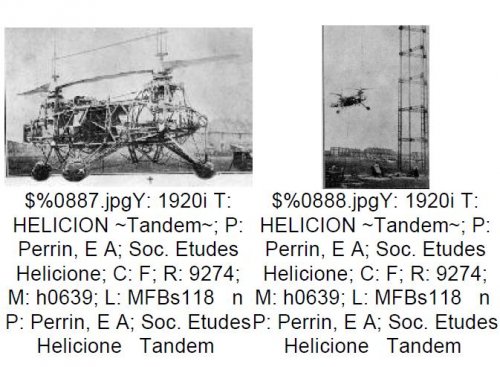
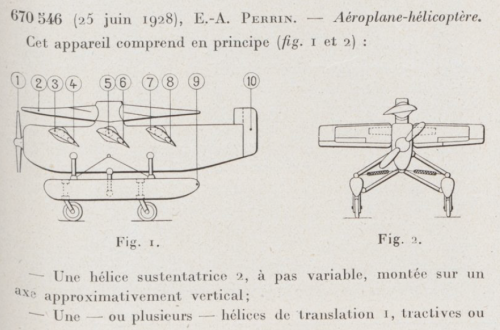
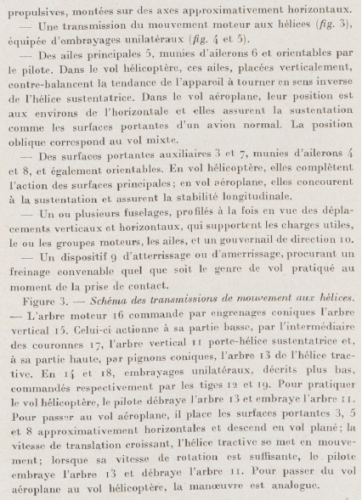
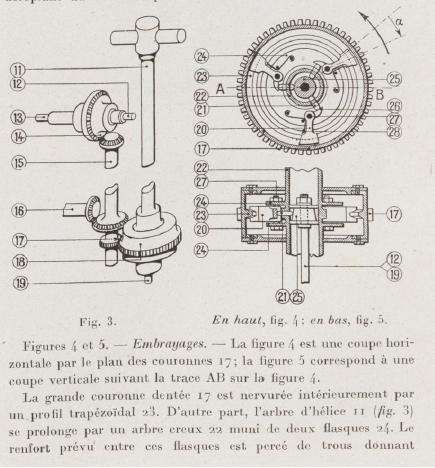
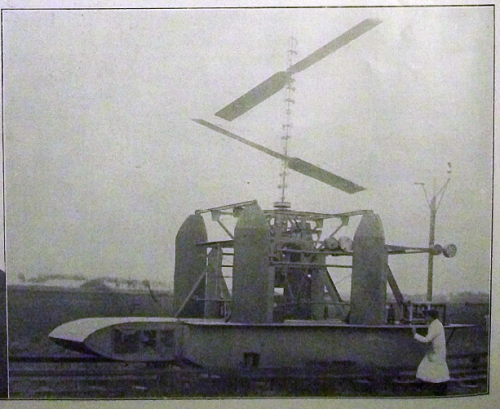
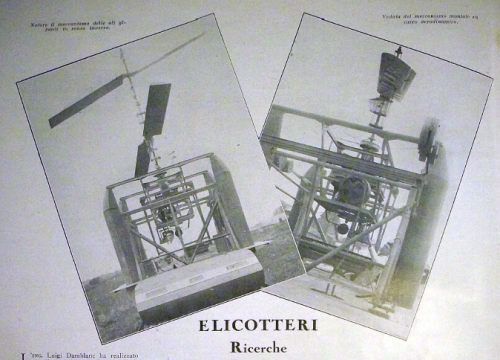
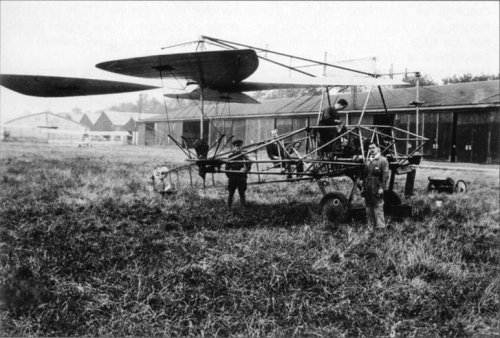
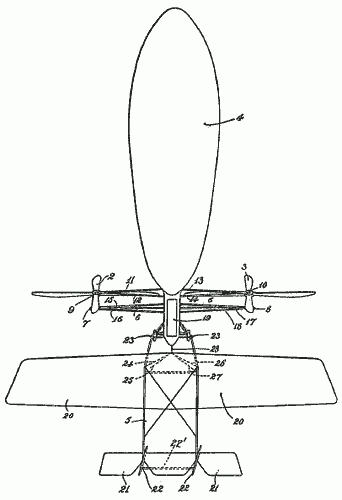
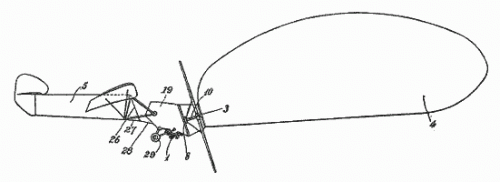
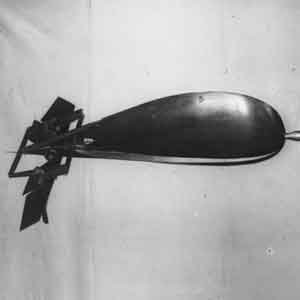
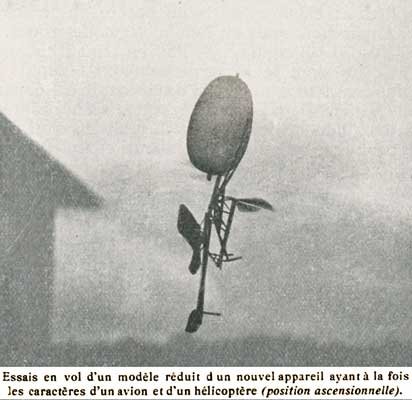
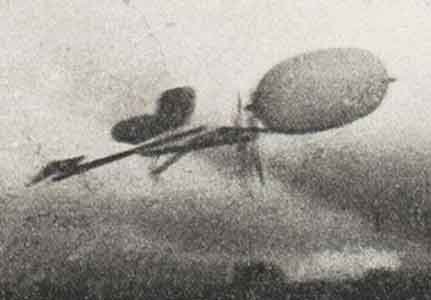
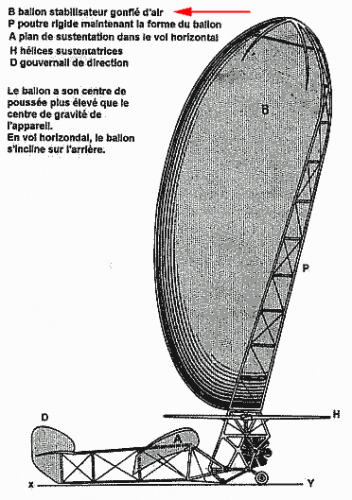
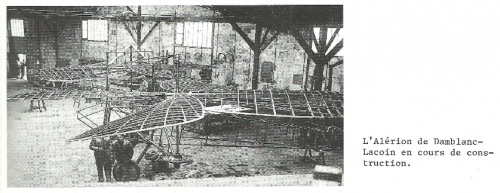
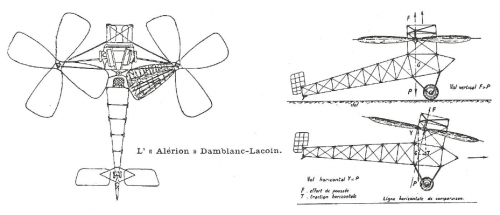
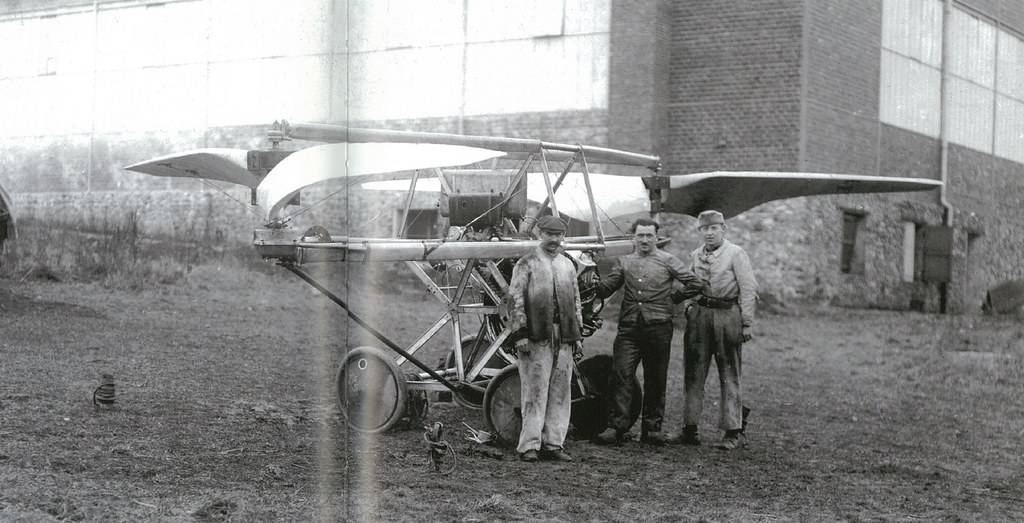
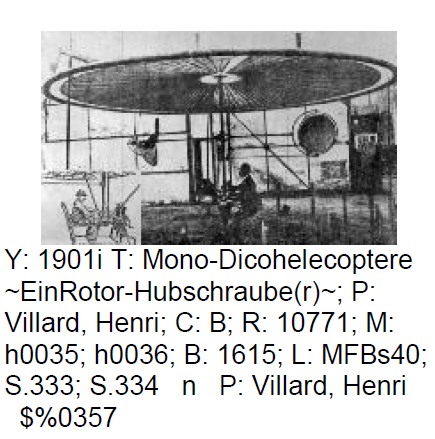

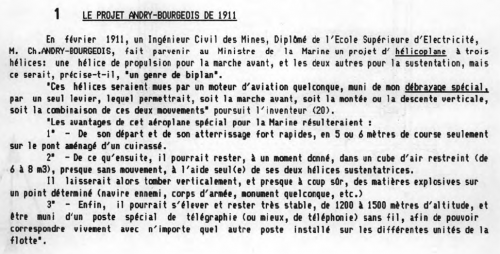
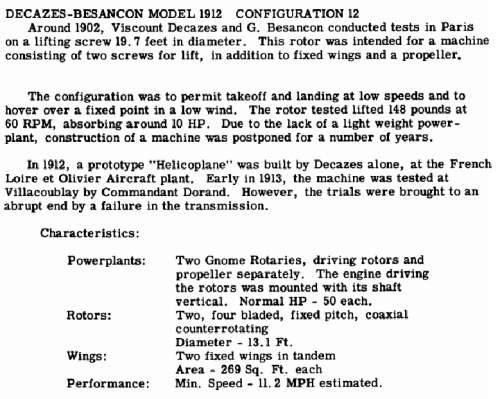
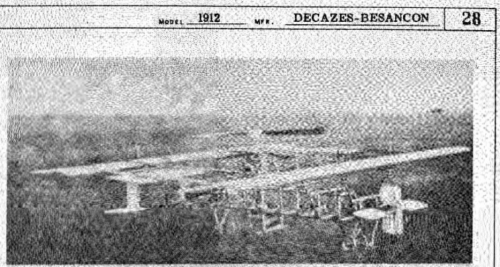
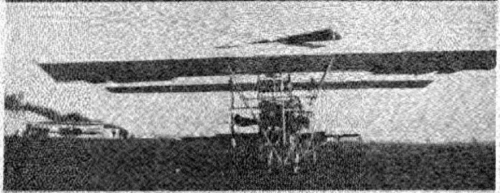
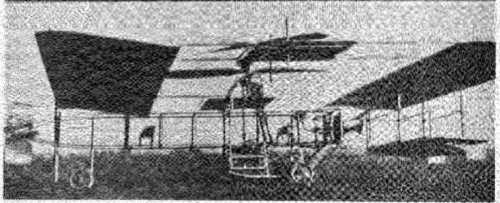
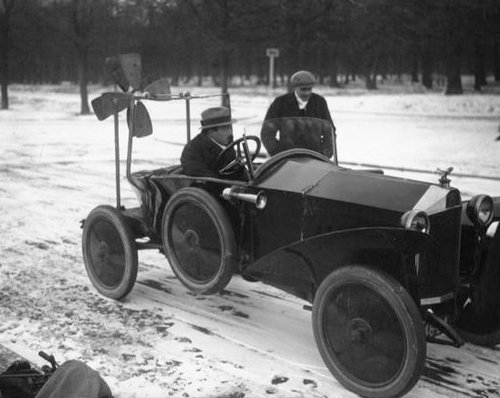
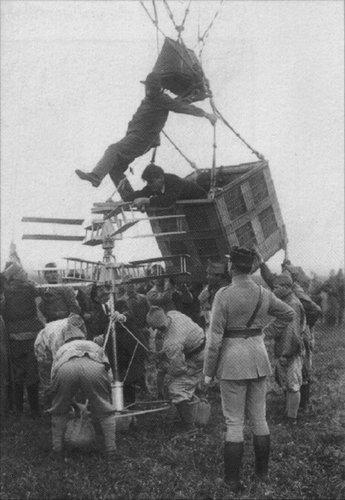
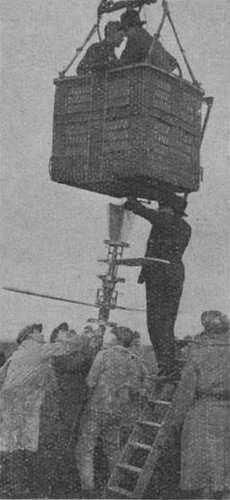
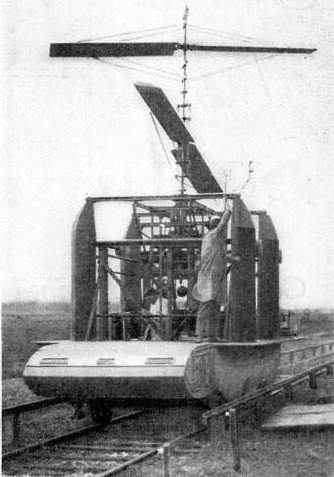
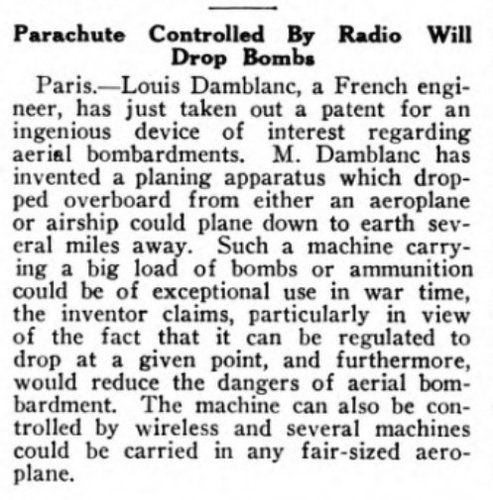
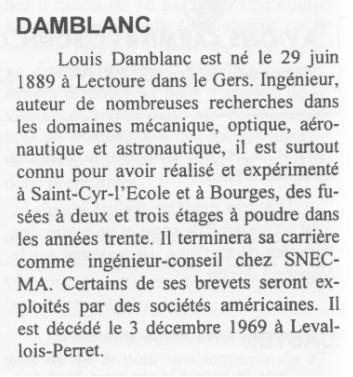
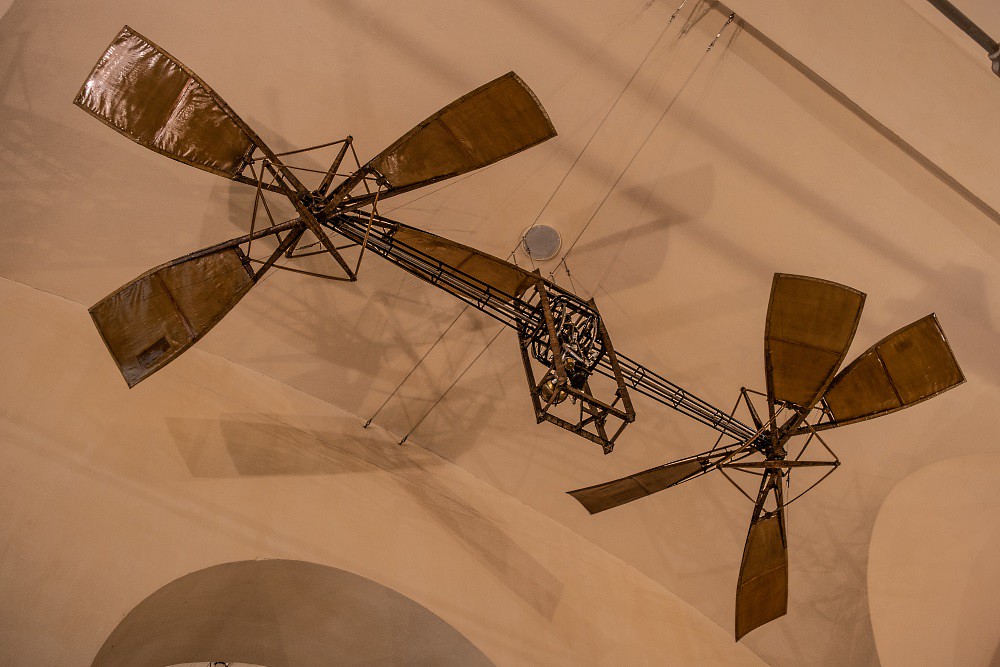 Europe 218
Europe 218